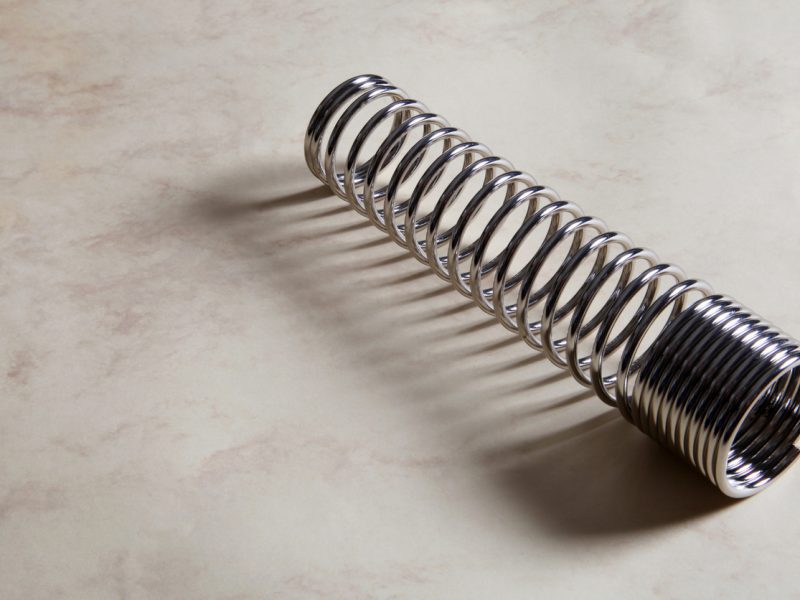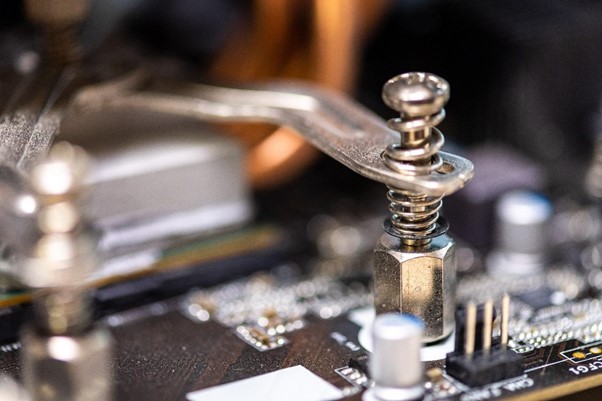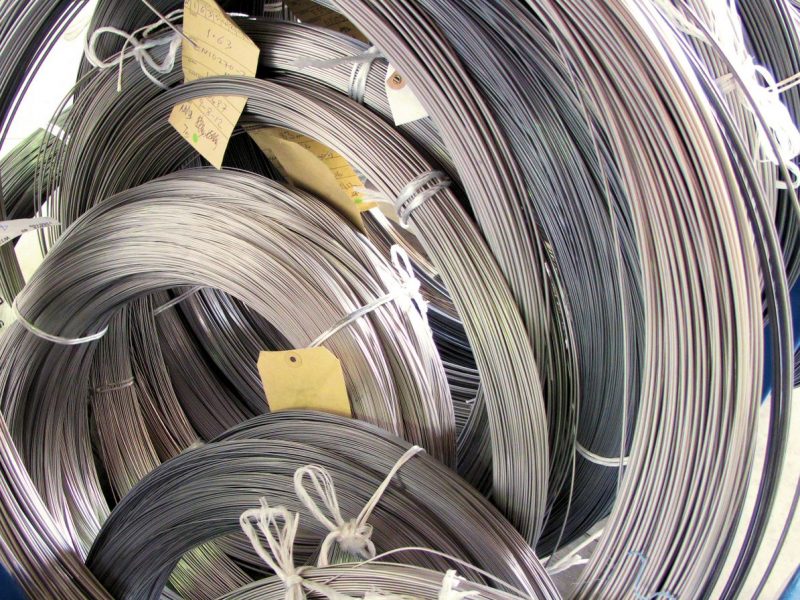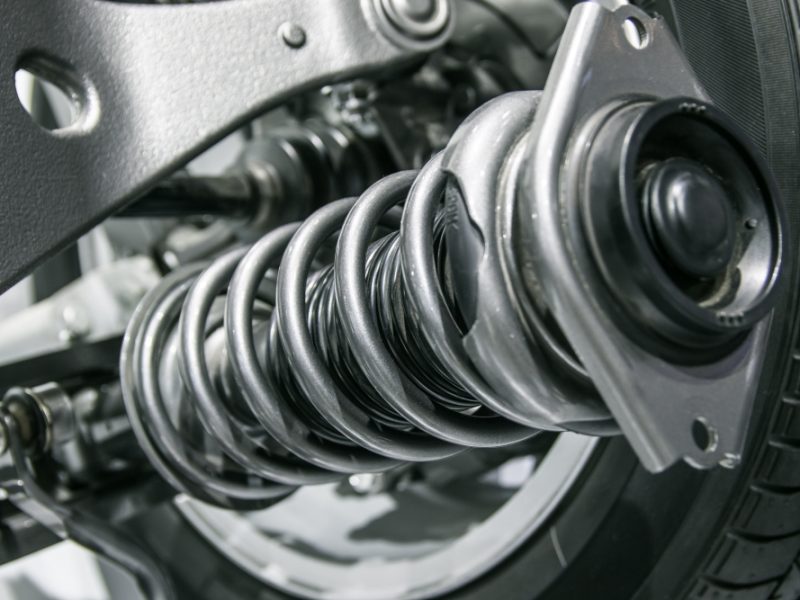Compression, Extension and Torsion Springs: What Are They Known For?
Here at Airedale Springs, we are passionate about the range of springs that we stock. You will most likely be familiar with compression springs, tension springs and torsion springs, since these are some of the most popular types of springs.
Springs in the Medical Sector
Springs are not a new invention. They’ve been used for many different applications for centuries, from mechanical parts to modern technology – and, of course, springs are also a crucial element of the medical sector. They’re found in everything from hospital beds to life-saving pieces of equipment, such as ventilators.
Non-Ferrous Materials in Spring Manufacturing
Non-ferrous metals and alloys are called so because they lack the iron content that ferrous materials have. Choosing the right materials for springs is critical, since they will impact the quality and longevity of the final product. At Airedale Springs, we work with both ferrous and non-ferrous metals, which are used in different situations.
Spring Materials Used in the Electronics Sector
We’ve already written about the importance of choosing the right materials for springs, but now we’re focusing specifically on the electronics sector. Not all materials are right for electronics – for example, strength, conductivity, resistance to heat and resistance to corrosion are crucial in the sector – so this needs to be taken into account.
Choosing the Best Materials for Springs
Springs are everywhere. They are used in a variety of industries, from engineering and automotive to aerospace and retail, and the different types of springs that can be manufactured are almost as diverse as their uses – the same is true of the materials that springs are made of.







